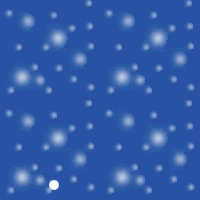Christ was born in Bethlehem. The exact routes taken by the Nazarene in life remain unknown, and the gospels do not even agree on the chronology. Most visitors come to Bethlehem with a preconceived image – a small stone village, a manger and shepherds in their fields. The reality is quite different.
Church of the Nativity/ Basilica of Nativity
Following the road into the Manger Square, you come to the Church of the Nativity entered by stooping through a small entrance, reduced to such a size by the Crusaders for defense purposes- to prevent attackers from riding in.The façade of the church is only a tiny Ottoman-era front door aptly named the Door Humility.
The original basilica was built in 325/326 CE by Emperor Constantine the Great. It is the oldest continuously operating church. The foundation has a cave revered in Christian tradition as the place where Jesus was born, which is mentioned in the writings of St Justin Martyr just 100 years after Christ.
At the front of the church – descend the stairs - downstairs- is the Grotto of the Nativity , where the altar features a bearly discernable 12th century mosaic, a gleaming 14-pointed silver star marking the spot on the floor of this small space.
Hic de virgine Maria Jesus Christus natus est
Here Jesus Christ was born of Virgin Mary
Sceptics argue though if this is really the spot. Another controversy is that the 14 pointed star was stolen in 1847 and the 3 factions Greek Orthodox, Armenians and the Catholics blaming each otherf and even the lanterns area shared – 6 by Greek Orthodox, 5 by Armenians and 4 by Catholics.
The chapel of the Manger or the Crib to one side of the grotto represents the scene of the nativity, while the chapel facing it houses the Altar of the Adoration of the Magi, which commemorate the visit of Caspar, Balthazar and Melchior. The Persians spared the church and the grotto ostensibly because they saw a depiction of the Magi in their native costume.

